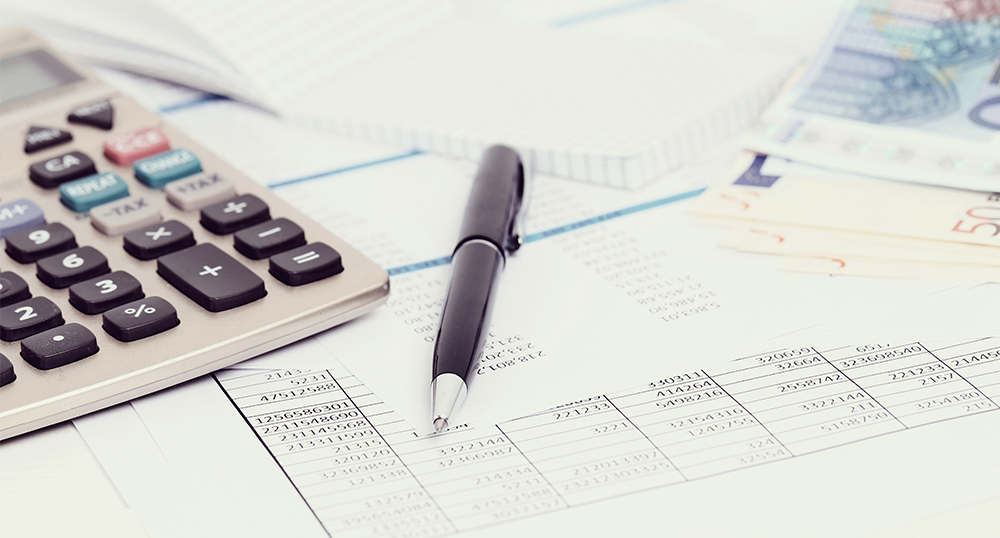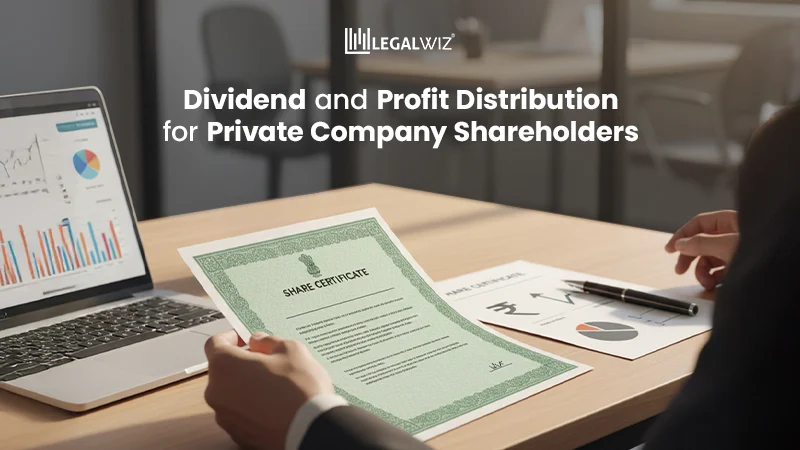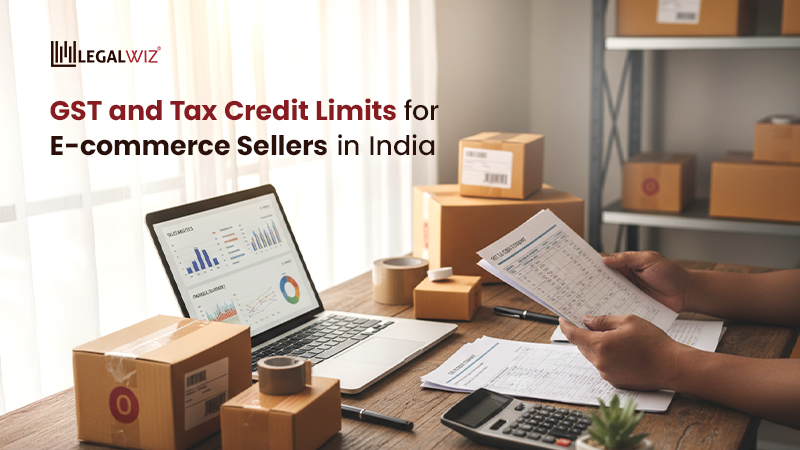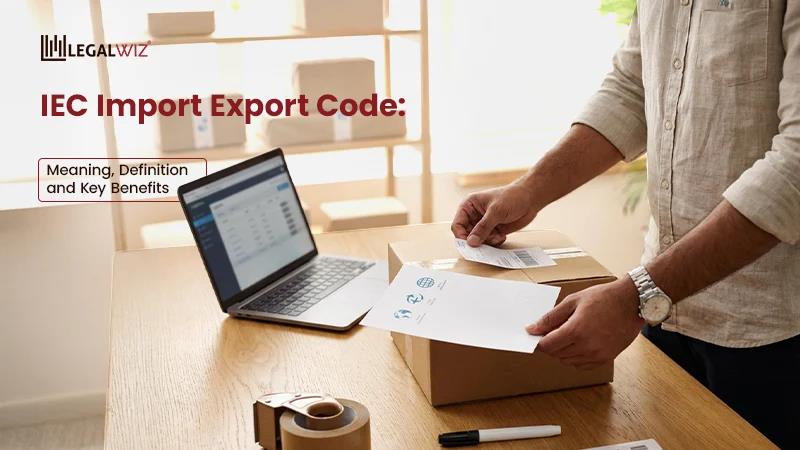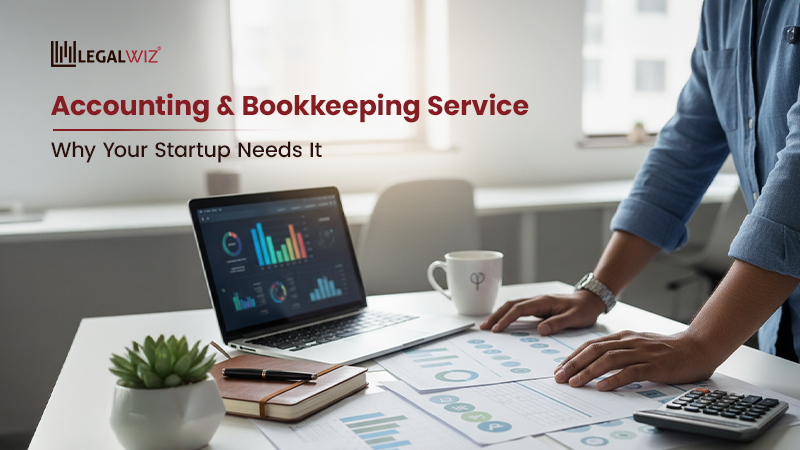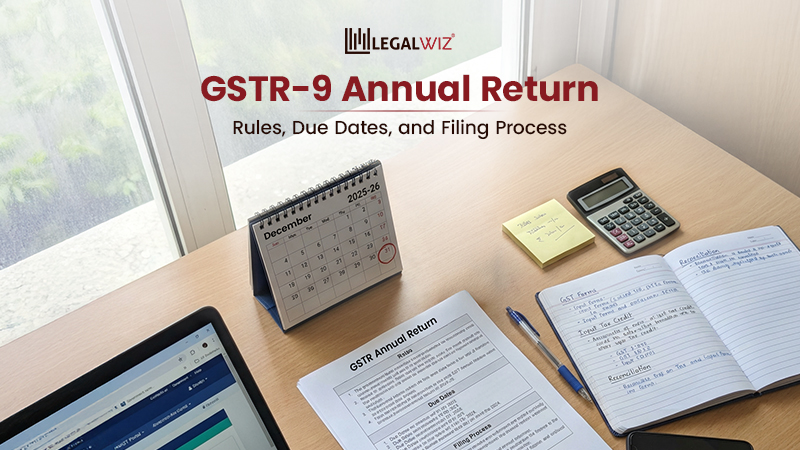GST Composition Scheme: Rules, Rates & Benefits Guide
Introduction
The composition scheme under GST is a simplified taxation system designed for small businesses and traders. Under this scheme, eligible taxpayers can pay a fixed percentage of their turnover as tax instead of the regular GST. In this article, we will discuss the rules, rates, benefits and GST returns for dealers under the GST composition scheme.
What GST composition scheme
The same way that there are different types of GST, there are also different GST schemes for different GST payers. GST composition scheme allows taxpayers to have a turnover limit of up to Rs. 1.5 crore per annum (RS. 75 Lakhs for entities in North-Eastern states) to be eligible for the scheme. Taxpayers who opt for the composition scheme in GST have to pay tax at a lower rate than the regular GST. The scheme rate is 1% for traders, manufacturers, and restaurants, while it is 5% for suppliers of food and drinks. Composition dealers have to file one quarterly return instead of the regular monthly returns required under GST. They also do not have to maintain detailed records of purchases and sales.
Note: Composition dealers cannot avail of input tax credit or collect GST from their customers.
Benefits of GST composition scheme
The benefits of the GST composition scheme are plenty for small businesses and traders.
- Firstly, it provides a simplified tax regime with a lower tax rate.
- Secondly, it reduces the compliance burden on small taxpayers who do not have the resources to comply with the regular GST.
- Lastly, it encourages small businesses to come under the formal tax net and become a part of the mainstream economy.
How to Apply for the Composition Scheme
Businesses can opt for the composition scheme by filing GST CMP-02 with the government. You can do that online by logging into the GST Portal. A dealer wanting to opt for the composition scheme should give this intimation at the beginning of every financial year.
Eligibility Requirements for the Composition Scheme
You need to meet these conditions to opt for a composition scheme:
- Dealers opting for the composition scheme cannot claim any Input Tax Credit.
- The dealer cannot supply goods that are not taxable under GST, such as alcohol.
- The taxpayer must pay tax at normal rates for transactions under the Reverse Charge Mechanism.
- If a taxable person has different segments of businesses under the same PAN, they must register all such businesses under the scheme collectively or opt out of the scheme.
- The taxpayer must mention the words ‘composition taxable person’ on every notice or signboard displayed prominently at their place of business.
- The taxpayer must mention the words ‘composition taxable person’ on every bill of supply issued by them.
As per the CGST (Amendment) Act, 2018, a manufacturer or trader can now also supply services to an extent of ten per cent of turnover, or Rs.5 lakhs, whichever is higher.
Entities who are not Eligible for the Composition Scheme
Certain categories of businesses are not eligible to opt for the composition scheme. These include manufacturers of ice cream, pan masala, or tobacco, those making inter-state supplies, and casual or non-resident taxable persons.
GST Rates Under Composition Scheme
Under the Composition scheme, based on the type of business they conduct, businesses and individuals have to pay GST at a lower rate of 1% to 6%:
- The GST Composition Scheme rates for traders and other suppliers eligible for registration are 1% of their turnover.
- Manufacturers, apart from those manufacturing products not eligible for the scheme, have to pay 2% of their turnover.
- The charge for Restaurant services is 5% of their turnover
- Businesses providing other services/mixed services, apart from restaurant services, are charged at 6% of their turnover.
Note: The GST rate for the composition scheme includes equal CGST and SGST/UGST. For example, a GST rate of 2% stands for 1% CSGT and 1% SGST/UGST.
GSTR for Composition Scheme Dealers
- A dealer registered under the GST Composition Scheme has to file a quarterly tax statement CMP-08 by the 18th of the month following the end of the quarter.
- They also have to file an annual return in the form of GSTR-4 by the 30th of April of the next financial year, starting from FY 2019-20.
- Additionally, they have to file GSTR-9A, an annual return, by the 31st of December of the next financial year.
Note: The dealer is not required to maintain detailed records.
GST payment by a composition dealers
GST payment has to be made out of pocket for the supplies made. The GST payment to be made by a composition dealer comprises the following:
- GST on supplies made.
- Tax on reverse charge.
- Tax on purchase from an unregistered dealer.
Other Important Pointers
- A dealer registered under the scheme is not allowed to conduct inter-state transactions.
- Also, such dealers cannot supply non-taxable goods under GST, such as alcohol and goods through e-commerce portals.
- A composition dealer cannot issue a tax invoice as they cannot charge tax from their customers. Hence, the dealer has to issue a Bill of Supply. The dealer should also mention “composition taxable person, not eligible to collect tax on supplies” at the top of the Bill of Supply.
Conclusion
In conclusion, the composition scheme under GST is a beneficial option for small businesses and traders. It provides a simplified tax regime with a lower tax rate and reduced compliance burden. However, taxpayers need to carefully evaluate their eligibility and benefits before opting for the scheme.

Monjima Ghosh
Monjima is a lawyer and a professional content writer at LegalWiz.in. She has a keen interest in Legal technology & Legal design, and believes that content makes the world go round.
